Naturalist, artist and award-winning cinematographer Joe Romeiro captures unique still images of the world’s fastest shark while freediving. Makos have occupied a unique space in Joe’s heart, and after all these years of filming and photographing them, he continues to push the limits of mako imagery

I remember my first mako shark off Rhode Island, around 12 years ago. It was a small animal, a tiny mako that was screaming around. At first, I thought it was just an ordinary fish because it was a baby, but then I got a better look and I saw this miniature shark that looked like a great white, but it was only a couple of feet long! I fell in love with that shark that day.
I’ve always been on the water since I was a little kid and it was kind of natural that it would evolve into what it is today. I have been shooting professionally now for close to a decade, and now I’m shooting for Shark Week, National Geographic and the BBC quite regularly. I recently did a shoot with Will Smith! I feel like I have achieved a lot of things in my life and done a lot of things in my life and there is this animal that has been kind of riding – at least in my mind – alongside me throughout the whole thing. All of these great things have happened in my life but the mako shark has always been there, a part of it all.
Till this point, I have been involved in filming makos for about five or six TV shows about them. We have filmed them in New Zealand, off of California, as well as Baja in Mexico, off Texas, and of course, just off the coast of my home in Rhode Island. I have yet to make it to South Africa or Australia but they are there. They are thought to be one of those animals that are so widespread, they are in all oceans just about everywhere in temperate waters. And that’s kind of where the problem starts because it’s so hard to protect an animal that is distributed globally across so many international borders.
This story is from the Issue 02 - 2019 edition of Asian Diver.
Start your 7-day Magzter GOLD free trial to access thousands of curated premium stories, and 9,000+ magazines and newspapers.
Already a subscriber ? Sign In
This story is from the Issue 02 - 2019 edition of Asian Diver.
Start your 7-day Magzter GOLD free trial to access thousands of curated premium stories, and 9,000+ magazines and newspapers.
Already a subscriber? Sign In
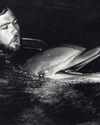
The Sea Specialist: An Interview With Bret Gilliam
Most people learn to crawl before they walk, but there is a man who learned to swim before taking his first steps. Diver, entrepreneur, writer, athlete, maritime specialist – Bret Gilliam is the complete package. Just add water.

The Best Of Diving In Southeast Asia: Explore The Amazon Of The Seas
Southeast Asia encompasses the world’s most biodiverse reefs and some of the best diving anywhere on the planet. From the tiniest and rarest critters to huge fish schools and the biggest pelagics, the region has it all, and there’s something to suit divers of any level.
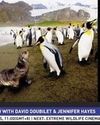
Below With David Doubilet & Jennifer Hayes
Best known for their work with National Geographic, David Doubilet and Jennifer Hayes came together to discuss their work with the youth, and, as Jennifer put it, “submerging with the emerging talent”.
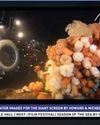
Underwater Images For The Giant Screen
Howard and Michele Hall are best known for their success in underwater IMAX filmmaking.
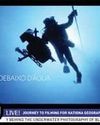
Journey To Filming For National Geographic Wild Brazil
Cristian is an acclaimed and highly versatile Brazilian wildlife filmmaker who works both underwater and topside.
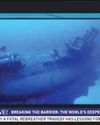
Breaking The Barrier: The World's Deepest Dive
David Strike shared a brilliant presentation about the history of deep diving and how Lt. George Wookey achieved the world’s deepest dive in 1956 using a surface-supplied rebreather.
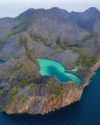
Dive the Golden Land
The Best of Diving In Southeast Asia

OFFICIAL LAUNCH OF BLUE HOPE
Top Session of the Week (14,319 (Views) / 42,831 (Reach)
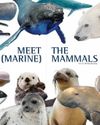
MEET THE (MARINE) MAMMALS
MEET THE (MARINE) MAMMALS

Fashion Faux Pas
What can be done to mitigate the impact of the garment industry on our oceans?